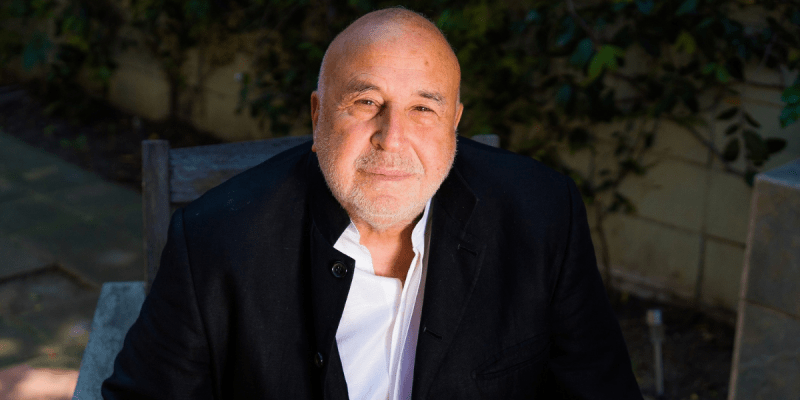Noise complaints are among the top calls 311 receives each year, but before you automatically assume your neighbors are killjoys, listen up. A new study from SoundPrint discovered that the majority of bars and restaurants in Manhattan have potentially dangerous noise levels.
SoundPrint is a crowdsourcing app that enables users to search for and rate the noise level of establishments across the city. The study just published in the Open Journal of Social Sciences noted that 70 percent of restaurants and 90 percent of bars in Manhattan are not only too noisy for conversation, but their noise level puts “venue employees and patrons at risk for noise-induced hearing loss and other non-auditory health effects.”
SoundPrint measured 2,376 Manhattan bars and restaurants at least three times between July 2015 and June 2017 from Wednesdays to Saturdays between 7-10 p.m.
SoundPrint names the noisiest Manhattan neighborhoods

Not only did the SoundPrint study find that most bars and restaurants in the borough have dangerous noise levels, it also named the Manhattan neighborhoods with the noisiest bars and restaurants.
With restaurants that have an average decibel (dBA) level of 81, or “very loud,” the Lower East Side ranks highest. The East Village, West Village, Flatiron-Gramercy and Murray Hill were tied for second with 79 dBA, followed by Tribeca and Chelsea at 78.
On the flip side, the Manhattan neighborhoods with the highest percentage of quieter restaurants are Midtown West, Midtown East, the Upper West Side and the Upper East Side, SoundPrint found.
Murray Hill, the Lower East Side, East Village, West Village, Tribeca and Flatiron-Gramercy had an average dBA of 82 to share the top spot for Manhattan neighborhoods with noisiest bars.
Broken down by cuisine, SoundPrint found that Mexican restaurants were the loudest with an average dBA of 80, followed by Latin, Spanish and American at 79.
“There has been a considerable rise in noise complaints in restaurants as reported in surveys such as Zagat’s and evidenced by the rise in number of media articles on the subject, yet the feedback until now has been primarily subjective,” SoundPrint Founder Gregory Scott said. “SoundPrint was created to empower patrons and business owners to evaluate noise levels based on objective data and share their findings with others so people can make informed decisions about which venues they would like to patronize, and how and when they might be able to optimize or mitigate the sound levels in the noisier venues.”
























